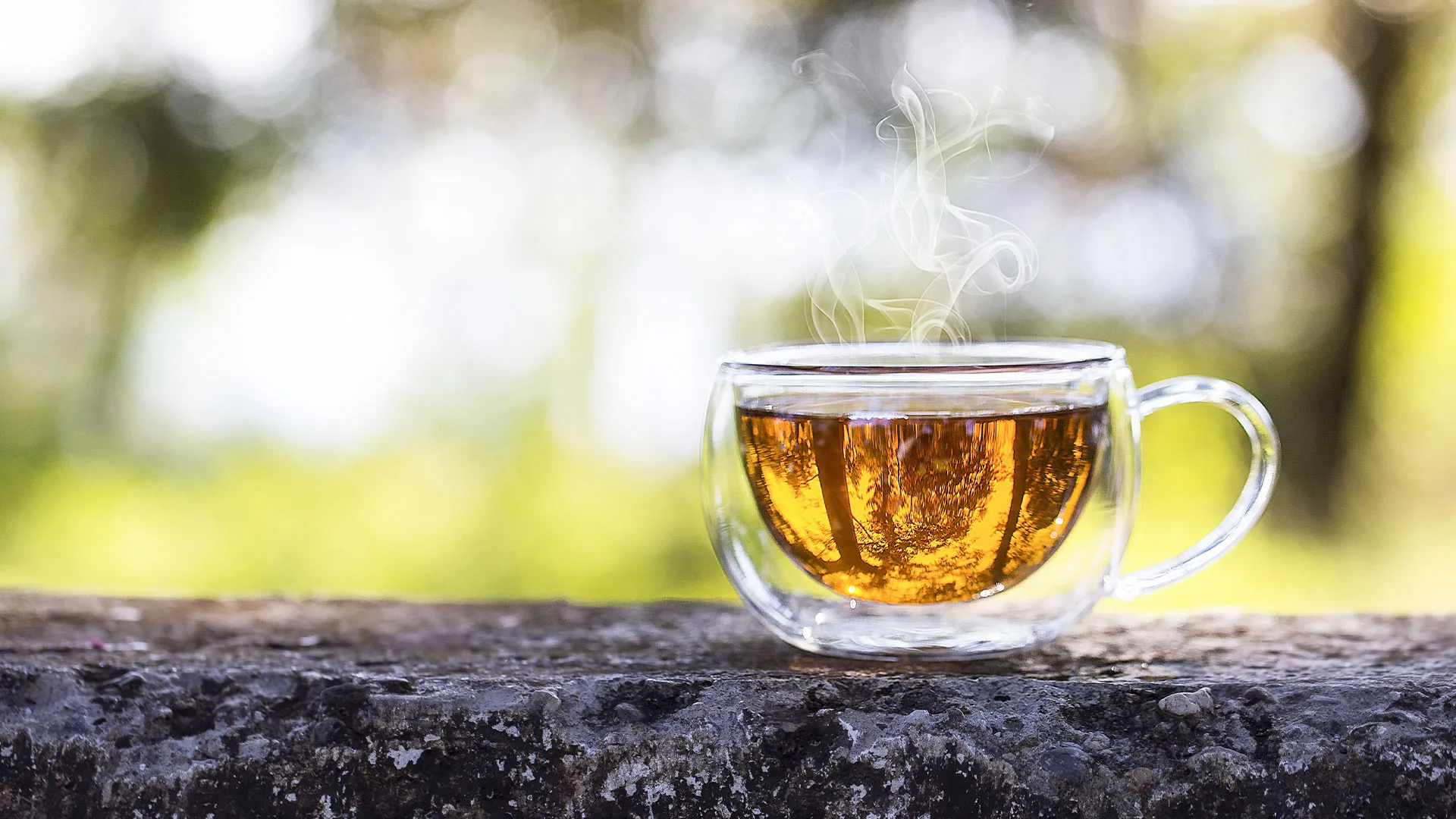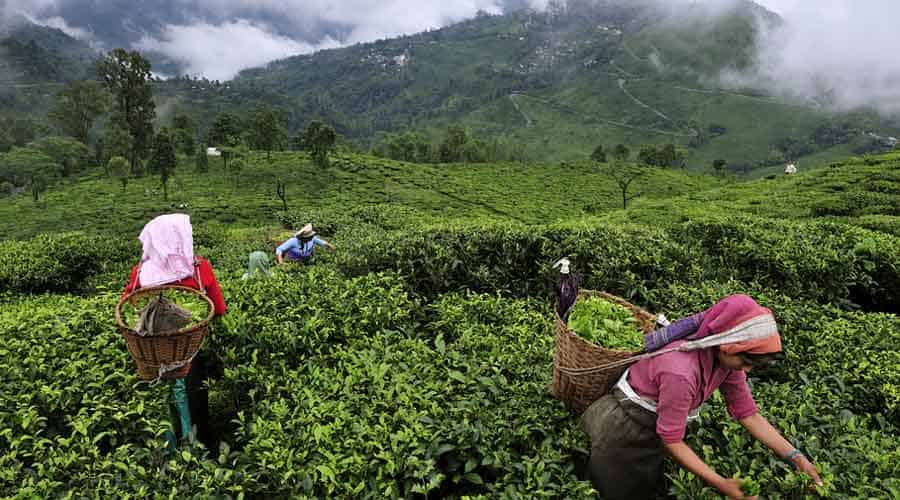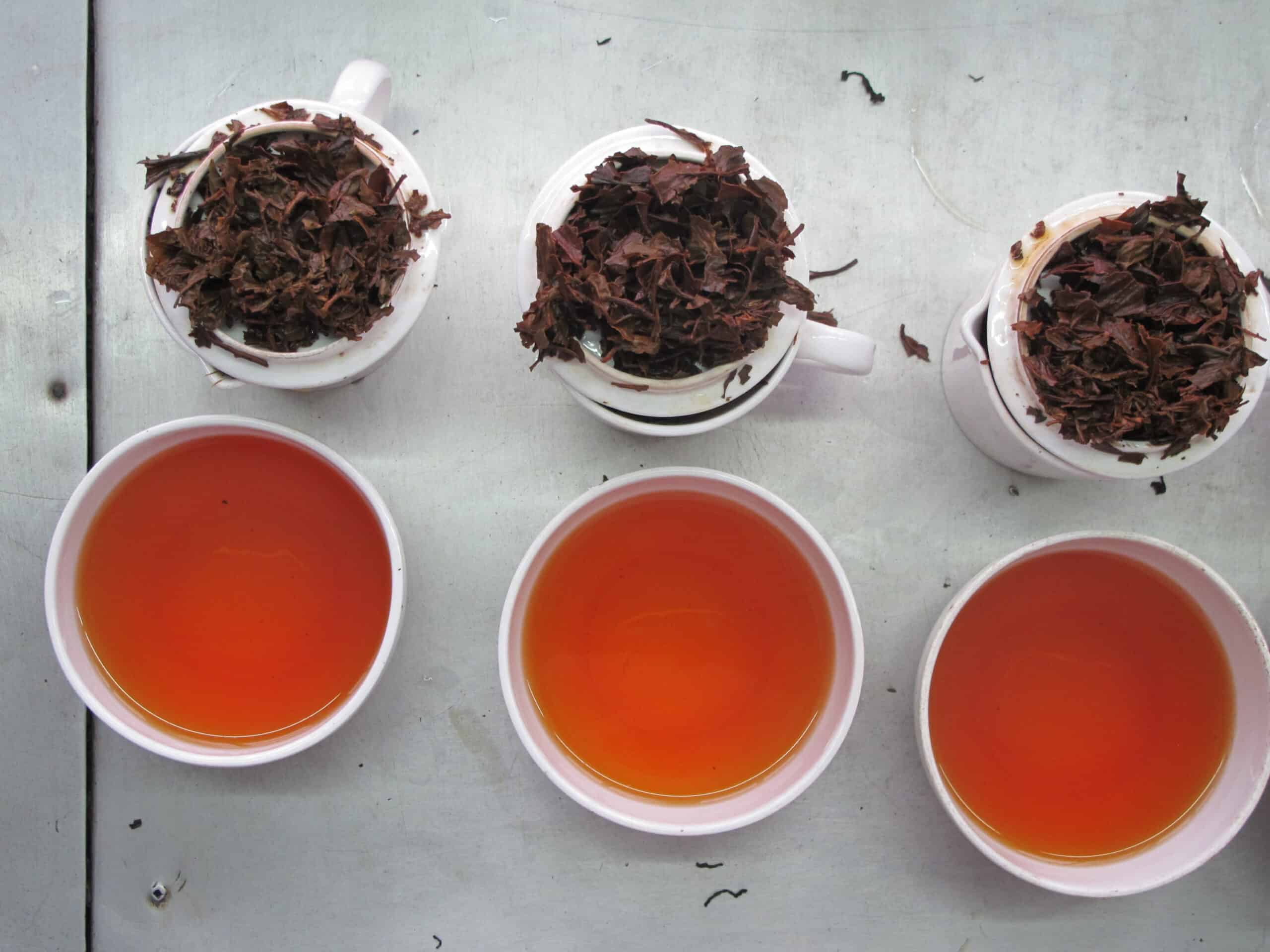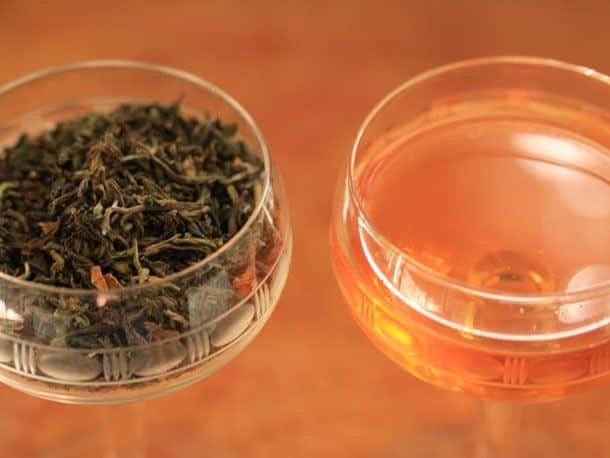Welcome to a captivating exploration of the world-renowned Darjeeling Tea. Nestled in the foothills of the Himalayas, Darjeeling Tea is revered for its delicate flavors, floral aromas, and rich cultural heritage. In this article, we will embark on a journey to uncover the secrets behind Darjeeling Tea, its unique characteristics, brewing techniques, health benefits, and more. So, prepare your teacup and join us on this aromatic adventure!
The Enchanting Origins of Darjeeling Tea:
Darjeeling Tea has a fascinating history that contributes to its renowned status as the “Champagne of Teas.” Let’s delve into its origins:
🌱 Historical Roots: Tea cultivation in the Darjeeling region of India dates back to the mid-19th century. The British, recognizing the region’s potential, established tea gardens that would go on to produce some of the world’s finest teas.
🌿 Unique Terroir: Darjeeling’s high-altitude tea gardens, ranging from 3,000 to 7,000 feet above sea level, coupled with a unique combination of cool temperatures, misty air, and fertile soil, create the ideal conditions for growing exceptional tea.
🎒 Cultural Significance: Darjeeling Tea is not just a beverage but an integral part of the region’s cultural identity. It is celebrated during tea festivals, plays a role in traditional ceremonies, and contributes to the local economy, supporting the livelihoods of numerous tea workers.
Brewing the Perfect Cup of Darjeeling:
To truly appreciate the nuances of Darjeeling Tea, follow these brewing tips to create a sublime cup:
🌡 Water Temperature: Darjeeling Tea thrives when brewed with water around 195°F to 205°F (90°C to 96°C). Avoid using boiling water, as it can scorch the delicate leaves and result in a bitter taste.
⏳ Steeping Time: For the initial infusion, steep Darjeeling Tea for 2 to 3 minutes. Adjust the steeping time according to personal preference for a stronger or milder brew. Multiple infusions can be enjoyed, gradually increasing the steeping time with each subsequent brew.
🍶 Teaware: To fully appreciate Darjeeling’s exquisite flavors and visual beauty, use a glass teapot, gaiwan, or porcelain teacup. These vessels allow you to witness the unfurling of the tea leaves and appreciate the tea’s vibrant liquor.
🌸 Flavor Profile and Aromas: Darjeeling Tea is renowned for its delicate flavors and captivating aromas. Here’s a glimpse into its enchanting taste profile:
🌺 Floral Notes: Darjeeling Tea boasts exquisite floral undertones, often reminiscent of muscat grapes, roses, and orchids. These floral notes infuse the tea with elegance and a subtle sweetness.
🍑 Fruity Nuances: Some Darjeeling teas exhibit fruity nuances, including hints of citrus, peach, and apricot. These flavors add depth and complexity to the tea, offering a delightful balance.
🌿 Muscatel Character: One of Darjeeling Tea’s most distinctive features is its muscatel character. This unique quality, often found in second flush teas, imparts a grape-like flavor with a slight astringency, creating a truly memorable experience.
Comparing Darjeeling Teas:
| First Flush | Second Flush | |
|---|---|---|
| Plucking Season | Spring (March-April) | Summer (May-June) |
| Leaf Quality | Tender, light leaves | More mature leaves |
| Flavor Profile | Light, fresh, floral | Rich, fruity, muscatel |
| Aroma | Delicate, vegetal | Muscatel, aromatic |
Health Benefits of Darjeeling Tea:
Beyond its captivating flavors, Darjeeling Tea offers numerous health benefits:
🌿 Antioxidant Powerhouse: Darjeeling Tea is rich in antioxidants, including catechins and polyphenols, which help combat free radicals and support overall well-being.
⚡️ Boosts Energy and Mental Focus: Darjeeling Tea contains natural caffeine that provides a gentle energy boost and enhances mental alertness.
💪 Promotes Digestive Health: The tea’s polyphenols and tannins contribute to improved digestion and a healthy gut.
FAQs about Darjeeling Tea:
Q1: Is Darjeeling Tea similar to other black teas?
A1: While Darjeeling Tea is categorized as a black tea, its flavors and characteristics distinguish it from other black teas. It offers a more delicate and nuanced taste profile.
Q2: Can Darjeeling Tea be enjoyed with milk and sugar?
A2: Darjeeling Tea is traditionally consumed without milk, allowing its flavors to shine. However, personal preferences vary, and some may choose to add a touch of milk or sweetener.
Conclusion:
Darjeeling Tea, with its captivating flavors, floral aromas, and cultural significance, is truly a treasure in the world of teas. Its journey from the misty hills of Darjeeling to teacups around the globe is a testament to its timeless appeal. So, savor the delicate flavors and immerse yourself in the enchanting world of Darjeeling Tea.
🎉 Fun Fact: Did you know that Darjeeling Tea is protected with a Geographical Indication (GI) status? This means that only teas produced in the Darjeeling region can be called “Darjeeling Tea,” ensuring its authenticity and maintaining its esteemed reputation.
Originally posted 2023-06-13 14:38:10.



